That’s why equipment isn’t just helpful. It’s essential in the digital world. Sports photography is a different emotion for sports lovers. In the live sports field, there are two kinds of people: those who live for the thrill of the game and those who remain busy capturing the perfect moments. Whenever you see your favorite players' photos on social media or in magazines, you feel an emotion.
Photography has the power to capture these moments and evoke strong feelings in viewers. And when it comes to sports photography, the emotion is heightened by the photographer's ability. Sports photography is one of the most thrilling and dynamic genres of photography. When you see stunning sports photos, you might wonder how the photographer captured that perfect shot. Getting the shot of a game-winning goal, a record-breaking sprint, or an amazing dunk is exciting and rewarding.
The key to this perfect shot is the photographer’s skills and the right camera and lens.
Therefore, if you want to capture thrilling sports moments, you must select the right equipment. Don't know where to start? This guide will help you choose the best sports photography equipment for your photography. Let’s dive in!
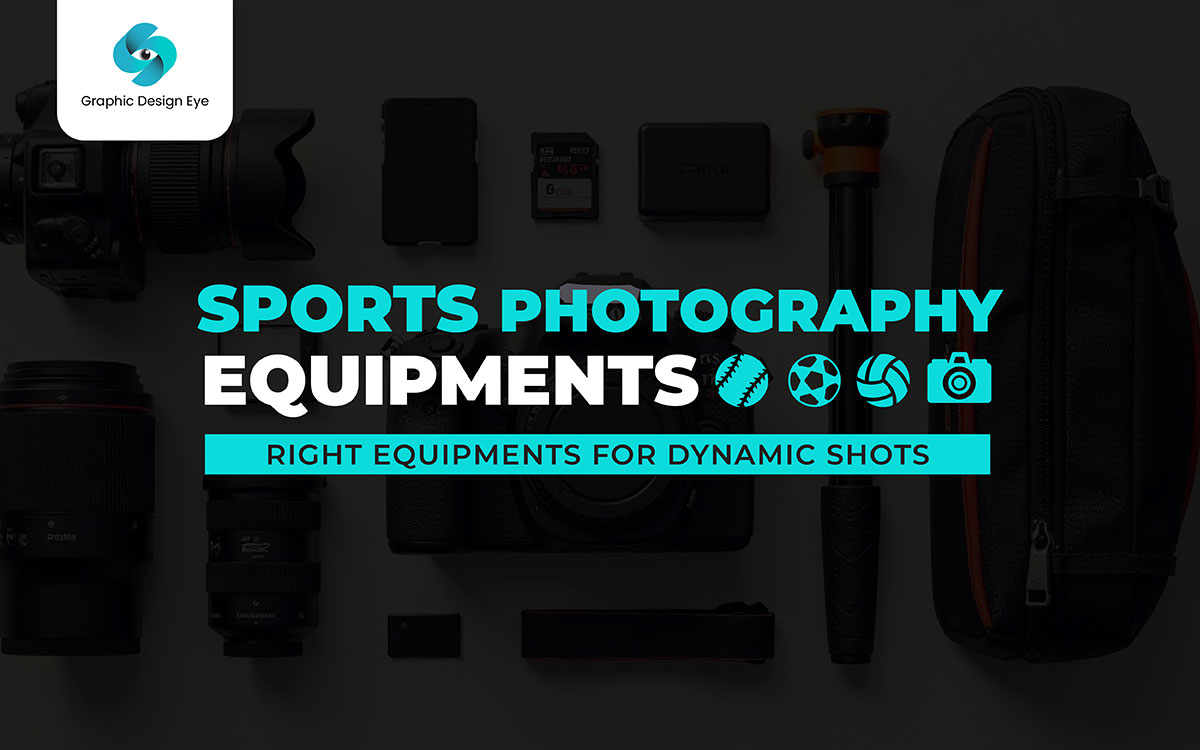
"Gear up for the perfect shot!" In sports photography, the equipment you are using has a great impact on how good the shot will be. In addition to skill and expertise, you must consider the perfect gear for your photography needs. With the right gear in your bag, you can take award-winning shots.
For your help, our experts take a look at the essential photography equipment that should be in every sports photographer's arsenal. And we made a list of 9 sports photography equipment to get you started.
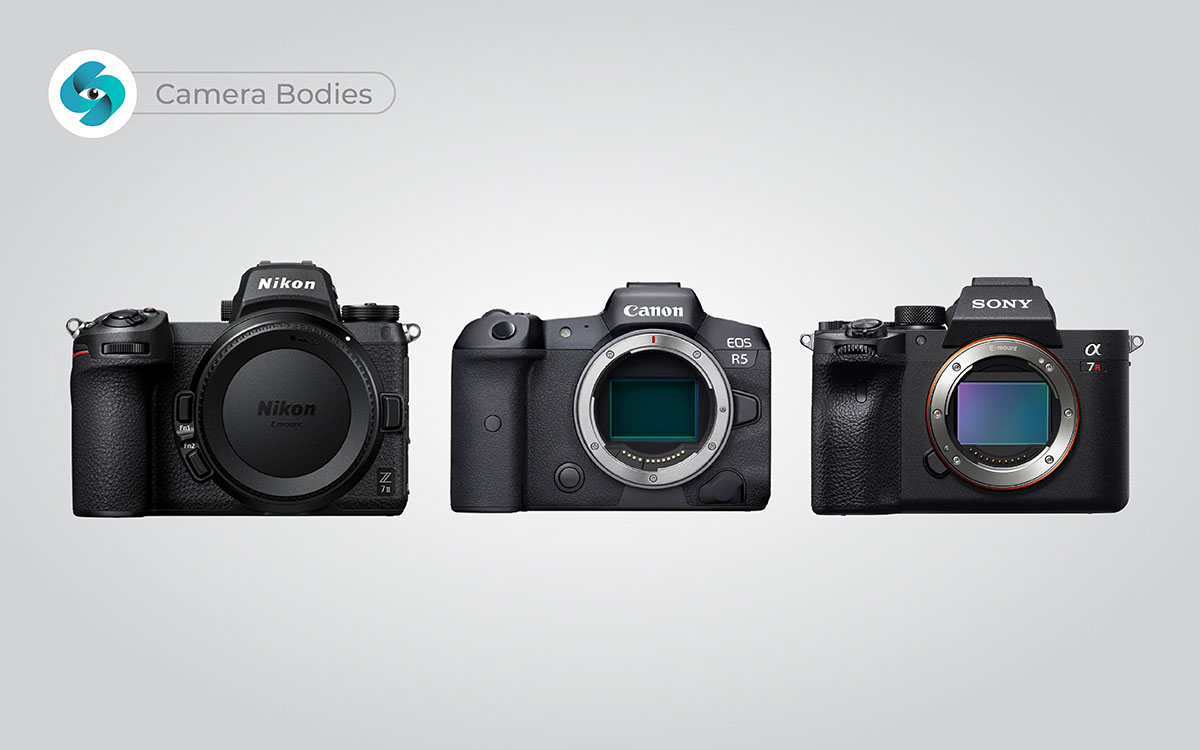
What's the first thing that springs to your mind when you consider photography? Camera, isn't it?
There are several varieties of cameras on the market, including DSLR, mirrorless, and action cameras. There are also smartphone cameras like the iPhone, Google Pixel, and Samsung Ultra include advanced features that are great for capturing stunning moments for personal use.
But they are not suitable for professional sports photography. However, for professional sports photography, you should consider any of the following:
DSLR or Mirrorless Cameras: For professional sports photography, you may want to choose between a DSLR or mirrorless camera. DSLR vs Mirrorless is the classic debate in the photography world. Among them, DSLR camera is the cheaper option than mirrorless one. When both are equipped with high-end sensors, great autofocus, and fast burst rates, mirrorless cameras have an edge over DSLRs. Popular DSLR and mirrorless camera choices include the Canon EOS 90D, Nikon D850, Pentax K-3 Mark III, Sony Alpha A7 IV, Canon EOS R6 Mark II, or Fujifilm X-T5.
Action Cameras: Action cameras are compact and rugged option which are perfect for extreme sports and immersive point-of-view (POV) shots. Also, these can be mounted on gear for unique angles. GoPro HERO11 or DJI Osmo Action are some great options.
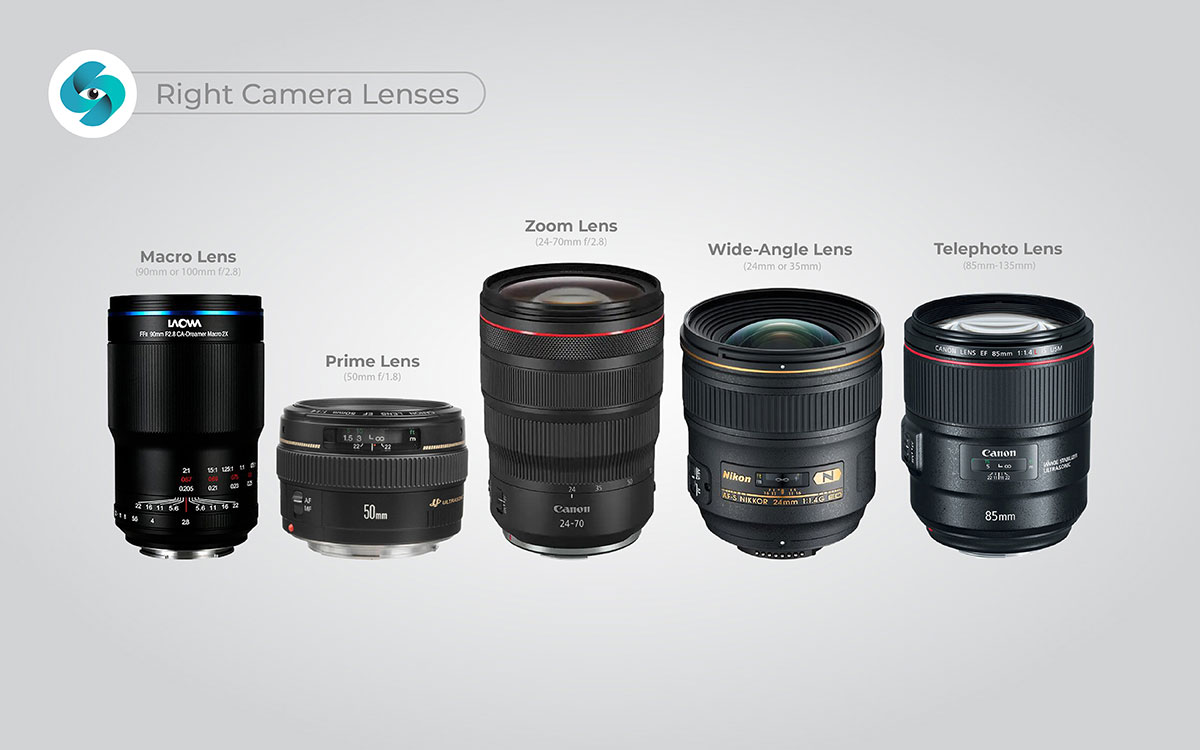
The importance of choosing the right lens cannot be overstated in sports photography. Lenses can highly impact the quality and creativity of your captured photographs.
However, before buying a lens, there are a few things that you need to take into consideration. Different photography actions require different types of lenses. For sports photography, you can consider telephoto, wide-angle, and prime lenses.
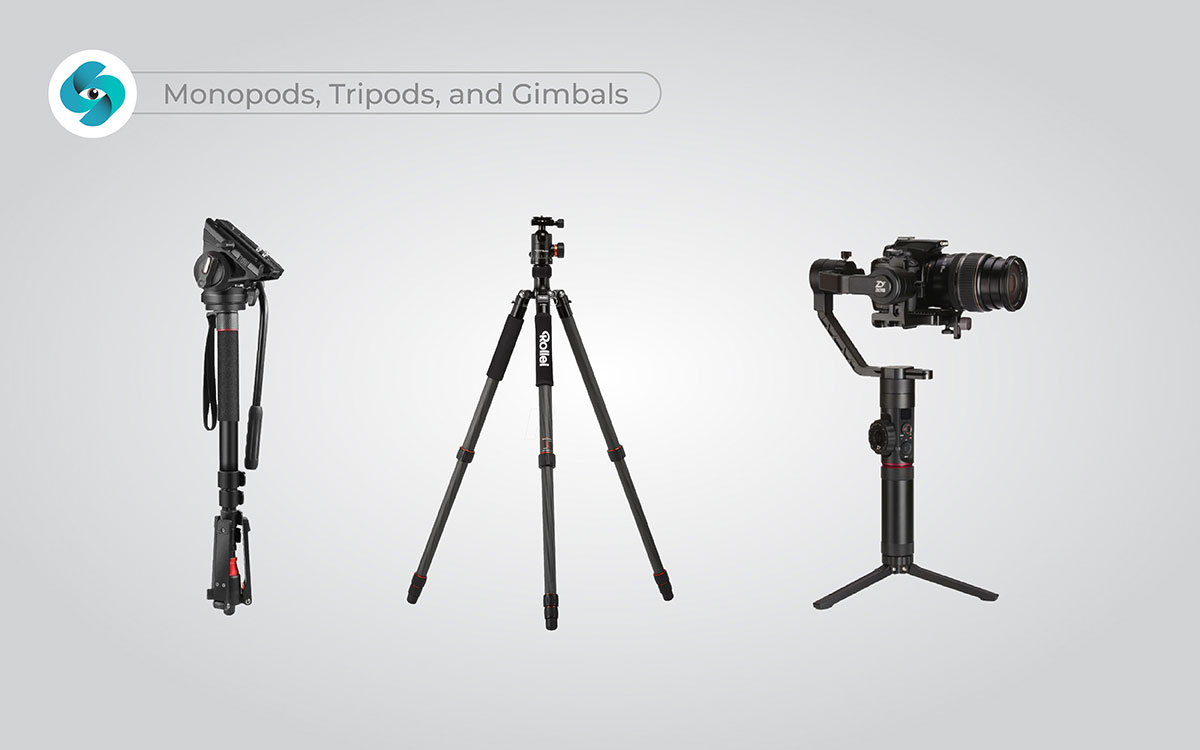
When you are in the edge of the seat excitement of a game, it's hard but important to keep your camera stable. Especially when working with heavy telephoto lenses or capturing video, you’ll need a sturdy support system. Therefore, investing in equipment like monopods, tripods, or gimbals is a wise decision.
A lightweight monopod provides stability without sacrificing mobility, making it perfect for dynamic sports events. It also helps reduce arm fatigue during long shoots.
For static shots, such as pre-game team photos or long-exposure stadium scenes, a sturdy tripod is invaluable. When you are buying tripods look for tripods with adjustable heads for maximum flexibility.
On the other hand, for videography, a gimbal ensures smooth, cinematic footage even when tracking fast-paced action. These will help you minimize the impact of the camera shake and enable you to capture dynamic action with precision.
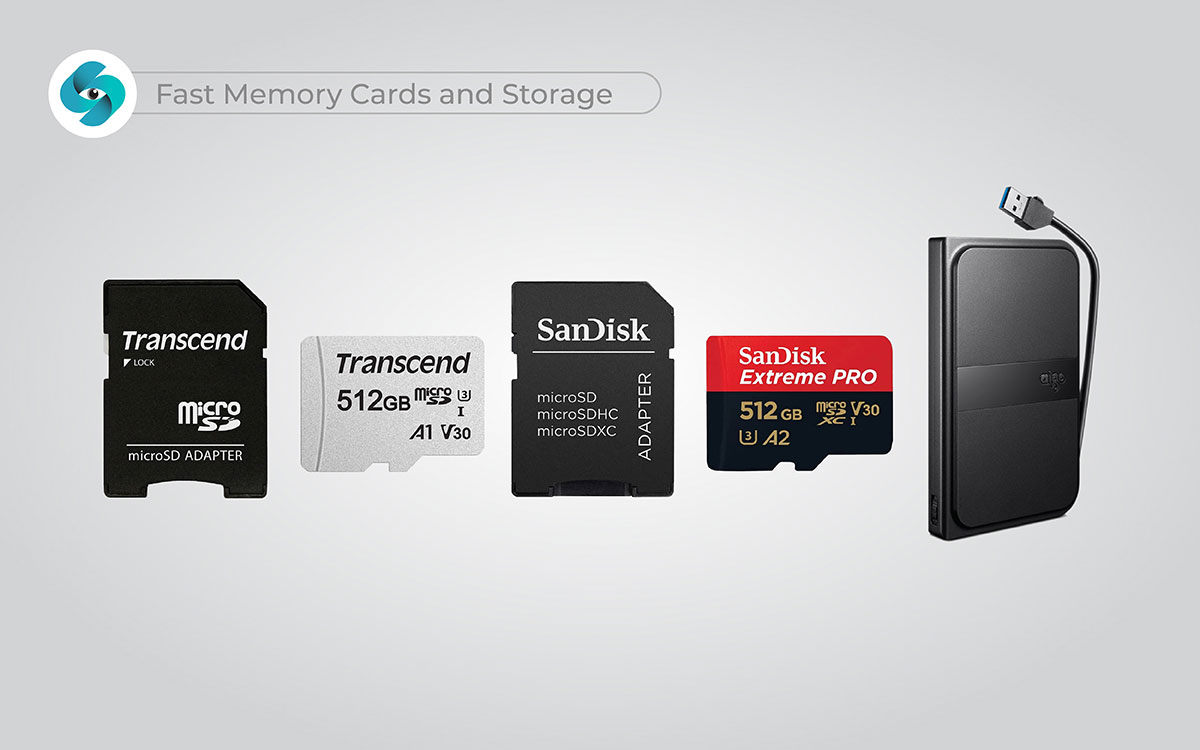
High-quality DSLR photos require high storage space. When capturing photographs with DSLRs, you need to ensure high-storage solutions to keep your images safe and secure. In this regard, fast memory cards help boost your camera performance. There are so many options available for memory cards and storage solutions!
What you will need to consider is fast memory cards with high capacity and write speeds are essential for burst shooting. SD UHS-II or CFexpress cards are excellent options for high-speed writing. This will allow you to shoot in burst mode without delays.
Besides, investing in portable SSDs or hard drives can help you quickly back up your files on-site. For this, you can look for rugged options that can withstand tough conditions at outdoor events.
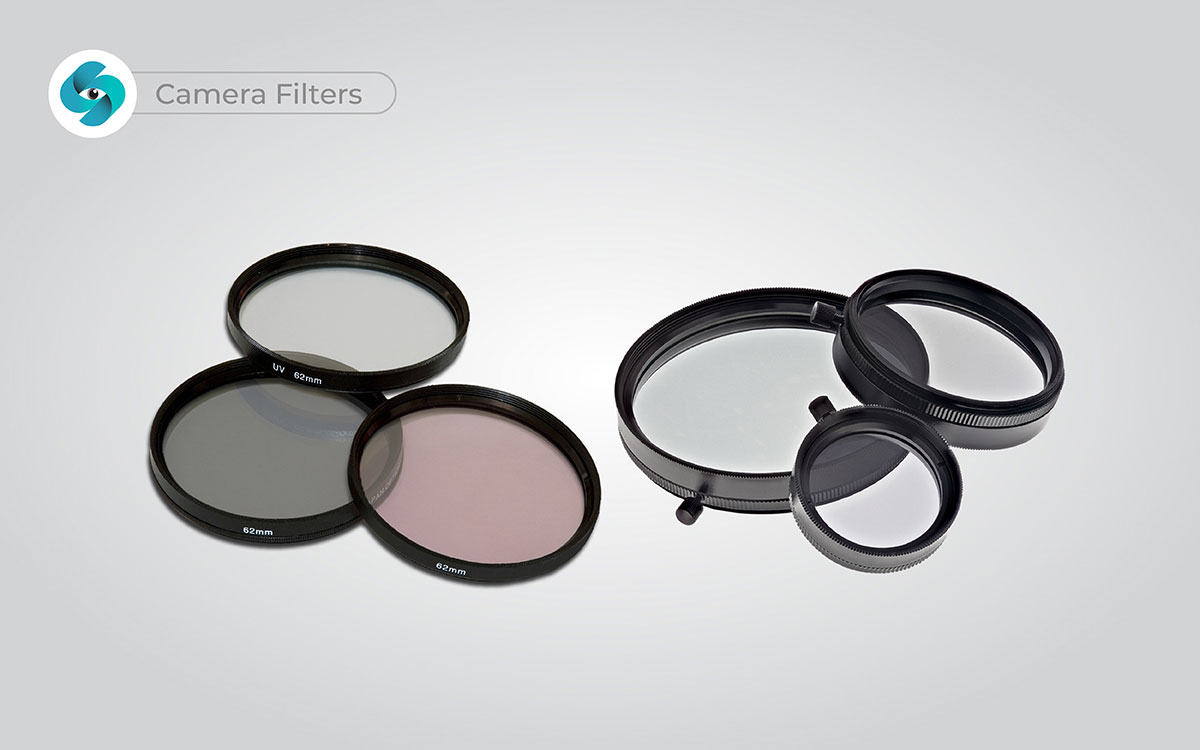
If you are familiar with professional photography, you may know about camera filters. A camera filter is considered an important accessory in sports photography. Because it protects the lens from physical damage, improves image quality, and enables creative effects. For instance,
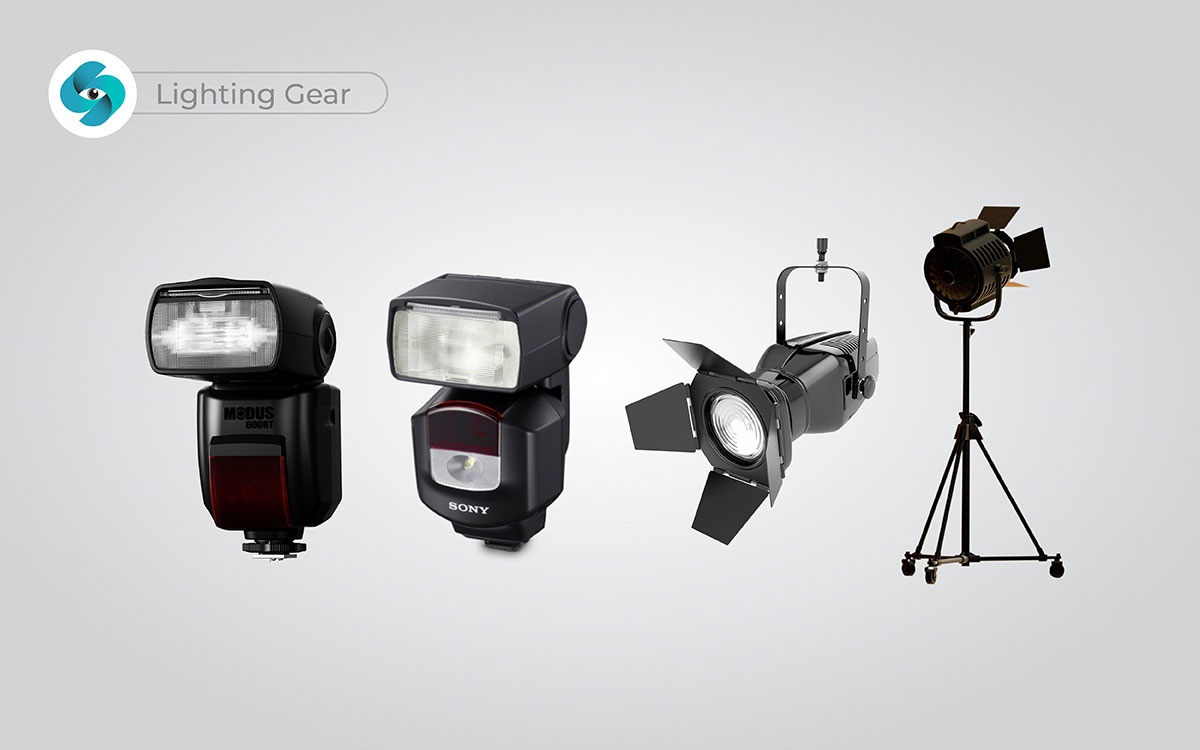
In sports photography, you have to be prepared to work in any conditions. Sports photography often takes place in challenging lighting conditions. Whether you are shooting indoors or outdoors, you may need additional lighting gear to keep your work going. Here are some lighting gear options to consider:
External Flash: External flash is very useful in sports photography. A portable external flash helps illuminate subjects in low-light scenes. Also, they eliminate red eye and work as fill-in daylight shots. When you are in the market for external shots, look for flashes with high-speed sync capabilities for capturing fast motion.
LED Lighting: Also, you can consider LED panels or spotlights. They are versatile tools for sideline portraits or supplemental lighting and work excellently in darker venues.
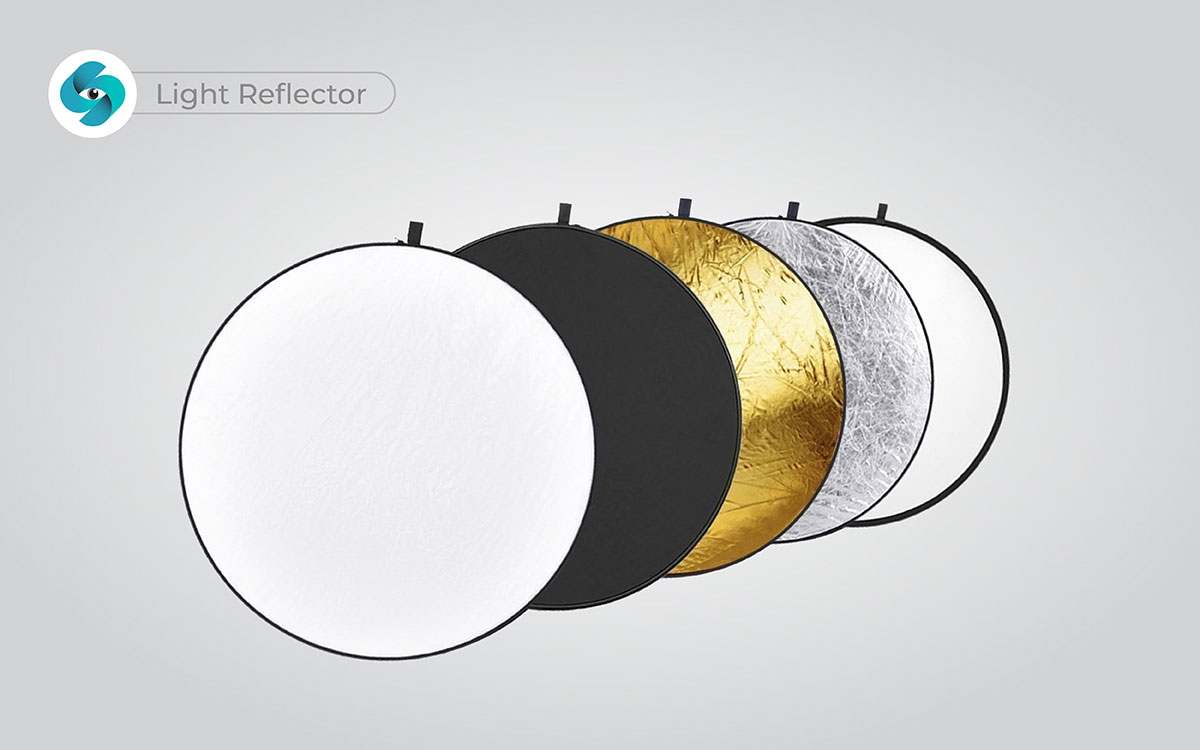
Light reflector is a very useful tool in sports photography. It offers a lot of advantages such as creating fill light, reducing and adding shadows, or illuminating a subject from multiple sides. In some photographic conditions, all you need is a simple light reflector to elevate your shots. This tool is especially helpful for capturing team portraits or individual athlete shots on the sidelines.
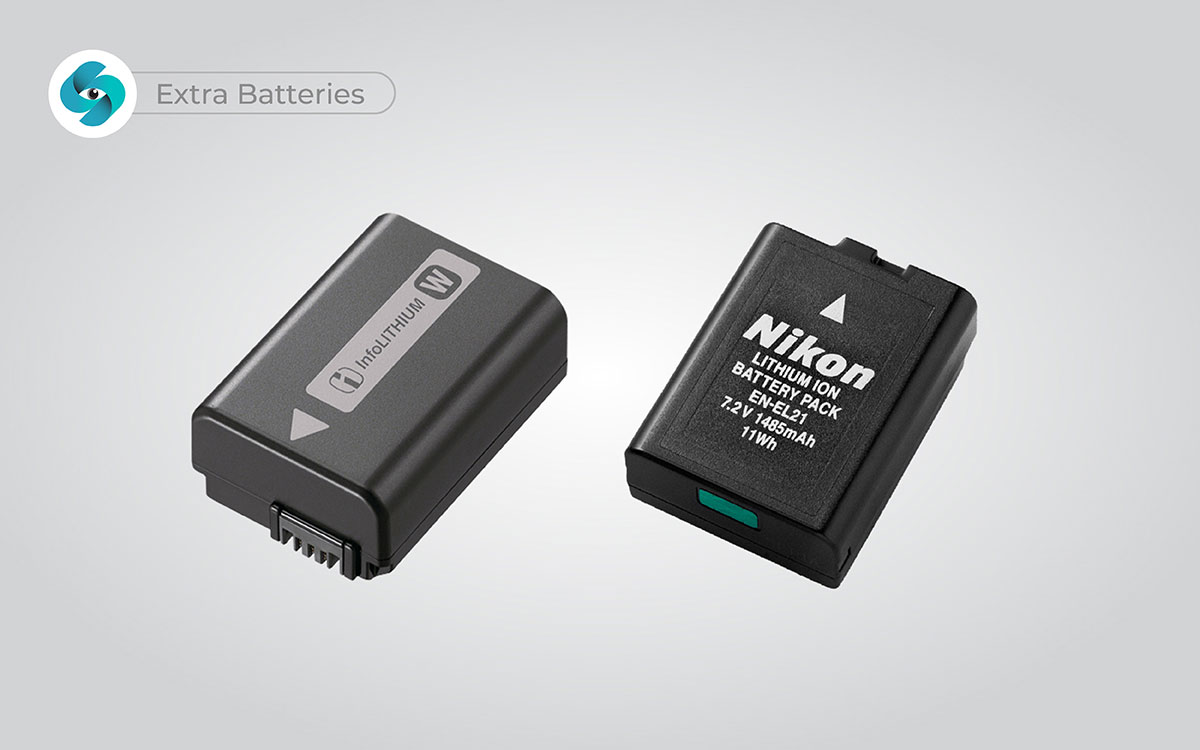
Running out of battery is not an option in sports photography. To avoid such situations, you need to pack extra batteries in your camera backpack. Don't let a dead battery ruin your big shot. Make sure that your camera is always powered up by packing extra batteries.
This keeps your camera and other equipment powered on throughout the event. Extra batteries are also helpful for external flashes, gimbals, or LED lights.
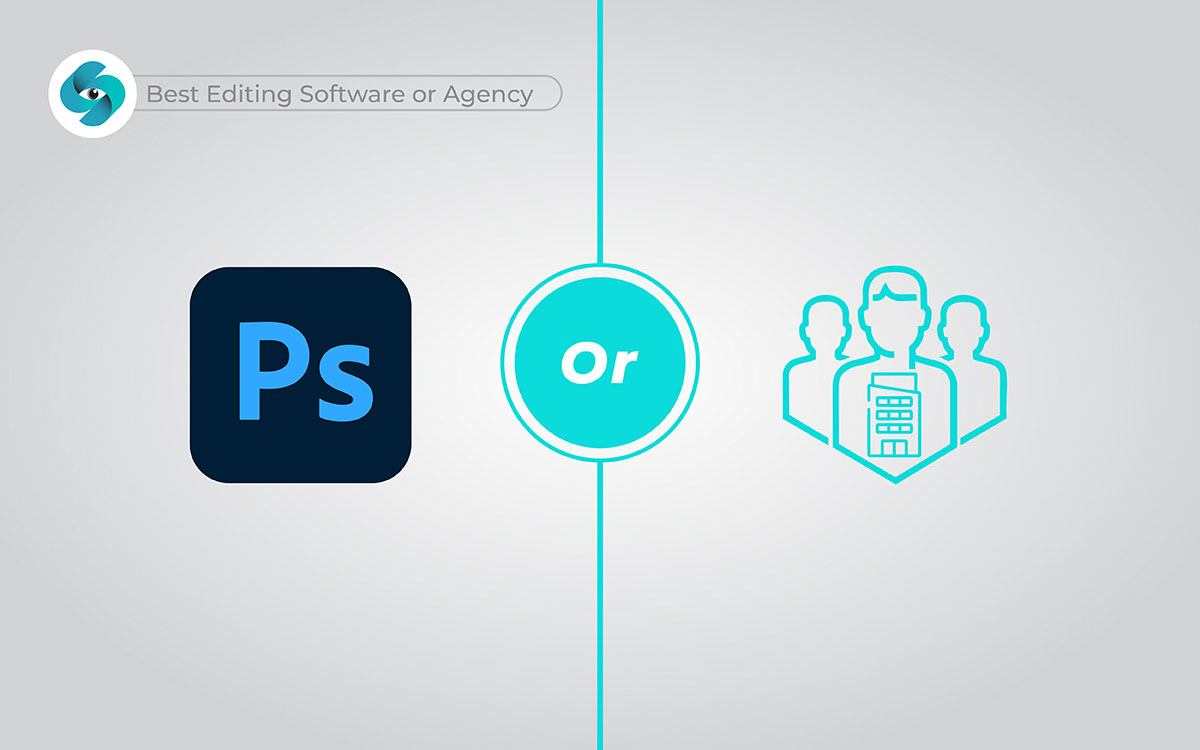
Once you have done with capturing your sports photos, the workflow doesn’t stop there. The next thing that will come is editing and post-processing. Before submitting your sports photographs to clients or your website, you must edit them to make them look more polished and attractive.
In this regard, professional photo editing tools can help you achieve this result. You can use them to bring out the best in your sports photos. To professionally edit your photos, consider the following options:
If you’re short on time or want a more professional touch, consider outsourcing your editing to a specialized photo editing company.
Benefits:
What to Look For:
The right sports photography equipment and editing tools can elevate your sports photography from good to extraordinary. Whether you’re editing your photos yourself or partnering with a photo editing company, the goal is to create stunning, professional-quality images that capture the essence of the game.
Remember, the best equipment is the one you have with you. Start with what you have, refine your skills, and gradually upgrade your gear and workflow as your budget allows. With passion, practice, and the right tools, you can capture and share the thrill of sports through your lens.
Pro Tip: Always shoot in RAW format to retain maximum detail and flexibility during editing. This ensures you can make the most of your post-processing efforts!